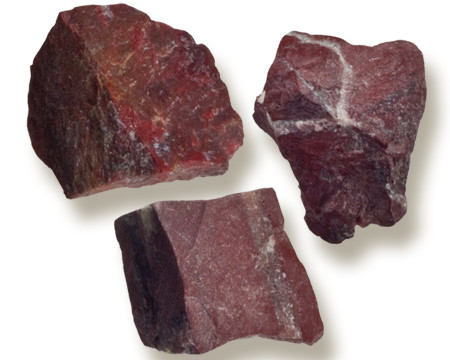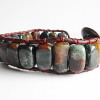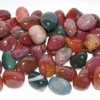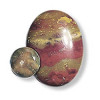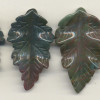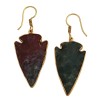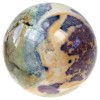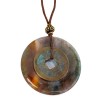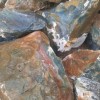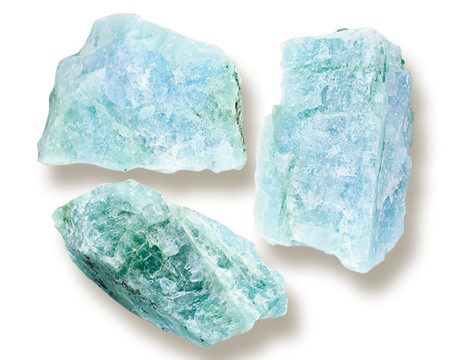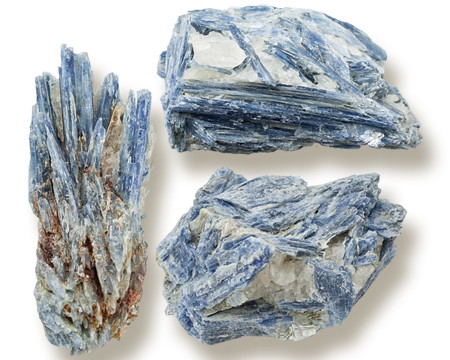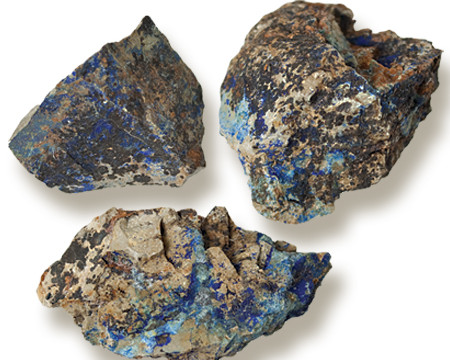Product Description
FOUND IN: AUSTRALIA, BRAZIL, CANADA, EGYPT, INDIA, KAZAKHSTAN, MADAGASCAR, RUSSIA, URUGUAY & USA.
Jasper is usually considered a chalcedony, but put by scientists in a group by itself because of its grainy structure. The finely grained, dense jasper contains up to twenty percent foreign materials that determine its color, streak and appearance. Uniform jasper is rare. It usually is multicolored, striped spotted or flamed.
Some of the most treasured gems are those that show a picture that appears to be taken from nature, called “landscapes”. Oregon’s Biggs Jasper is now the most common source. Another specialty is bloodstone or blood jasper, also known as “heliotrope”, a dark green chalcedony or jasper with flecks of red.
METAPHYSICAL:
Legend says that Jasper was used to drive away evil spirits and protect the bearer against snake and spider bites. In the fourth century, it was thought to bring about the rain when directed correctly. Traditionally, when worn as a decorative necklace, Jasper is known to combat exhaustion and fatigue. Aligning all the chakras and balancing the yin/yang energies, it is stabilizing and healing as well as grounding.
Jaspers of all kinds have long been attributed magical powers in just about every culture known to man.
SCIENTIFIC:
Color: All colors, mostly stripped or spotted
Color of streak: White, Yellow, Brown, Red
Moh’s hardness: 6½-7
Specific gravity: 2.58-2.91
Cleavage: None
Fracture: Splintery
Crystal system: Hexagonal (Trigonal), Microcrystalline, Grainy Aggregates
Chemical composition: SiO2 Silicon Dioxide
Transparency: Opaque
Refractive index: About 1.54
Double refraction: None
Dispersion: None
Pleochroism: None
Absorption spectrum: Not usable
Fluorescence: None

